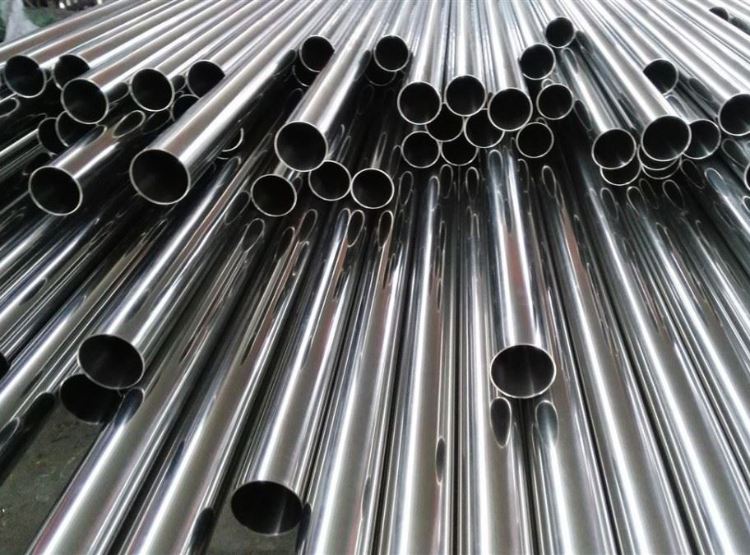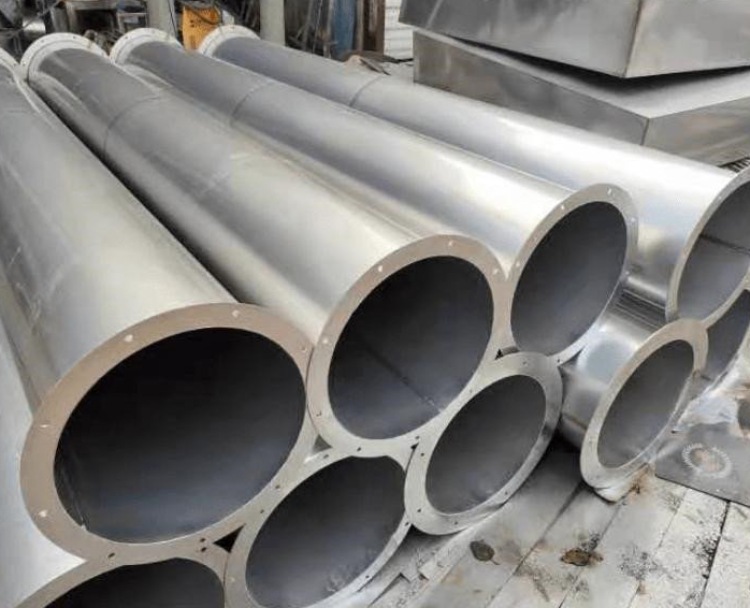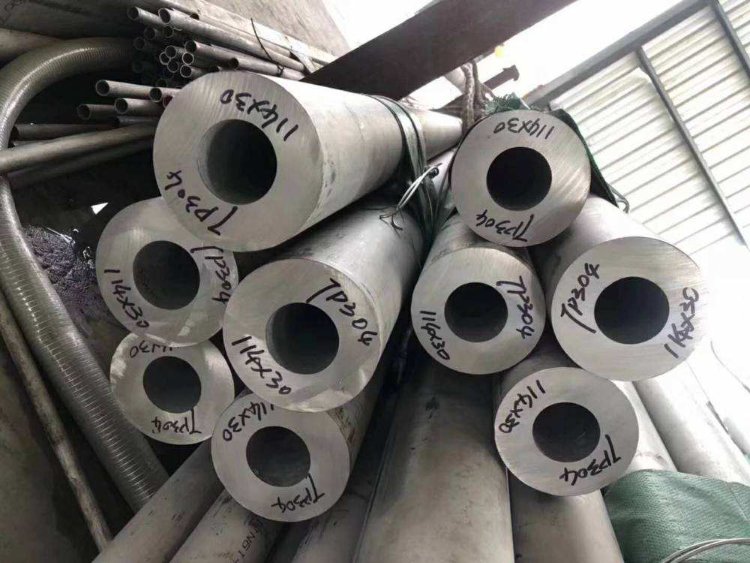Stainless steel, invented over a century ago, has emerged as the most widely used and favored material globally. Its corrosion resistance, attributed to chromium content, makes it stand out. This resistance is evident in acid reduction and resistance to pitting attacks in chloride solutions. Its minimal maintenance requirements and distinctive shine make it a premium choice for stainless steel pipes. These pipes come in various product types, including welded and seamless pipes, and can be tailored for diverse applications across multiple industries.

Stainless steel pipes are manufactured using various production methods, each with its advantages and characteristics:
Welded Pipes: These pipes are produced by rolling plates or coils into circular cross-sections using rollers or bending equipment. Welded pipes are cost-effective and suitable for large-scale production. Common welding methods for stainless steel pipes include:
EFW (Electrofusion Welding)
ERW (Resistance Welding)
HFW (High-Frequency Welding)
SAW (Submerged Arc Welding - Spiral Seam or Long Seam)
Seamless Pipes: Produced through metal extrusion, seamless pipes have no joints along their length. They are manufactured from solid round billets and are ideal for high-pressure applications, such as oil and gas transportation, industrial processes, and refineries.

Differences in Production Methods and Appearance Between Seamless and Welded Pipes
Stainless Steel Pipe Types - Based on Alloy Grade
The chemical composition of stainless steel significantly influences its mechanical properties and application suitability. Stainless steel pipes can be categorized based on their chemical composition. However, it's important to note that identifying the grade of a specific stainless steel pipe may involve various nomenclatures. Common standards for specifying steel pipes include DIN (Germany), EN, and ASTM grades. Below is a table listing equivalent grades in different countries:
|
DIN Grades
|
EN Grades
|
ASTM Grades
|
1.4541
|
X6CrNiTi18-10
|
A 312 Grade TP321
|
1.4571
|
X6CrNiMoTi17-12-2
|
A 312 Grade TP316Ti
|
1.4301
|
X5CrNi18-10
|
A 312 Grade TP304
|
1.4306
|
X2CrNi19-11
|
A 312 Grade TP304L
|
1.4307
|
X2CrNi18-9
|
A 312 Grade TP304L
|
1.4401
|
X5CrNiMo17-12-2
|
A 312 Grade TP316
|
1.4404
|
X2CrNiMo17-13-2
|
A 312 Grade TP316L
|

Different Types Based on ASTM Specifications
Different industries adhere to specific standards, and manufacturing and testing outcomes can vary due to these differing standards. Understanding the industrial specifications relevant to your project is crucial before proceeding with procurement. We provide stainless steel material guides for all corresponding grades to assist customers in comprehending our products.
More Knowledge About Stainless Steel
The Outstanding Features of 316L Stainless Steel Plate
Performance and Applications of Common Stainless Steels
What causes stainless steel checkered plate to rust?



